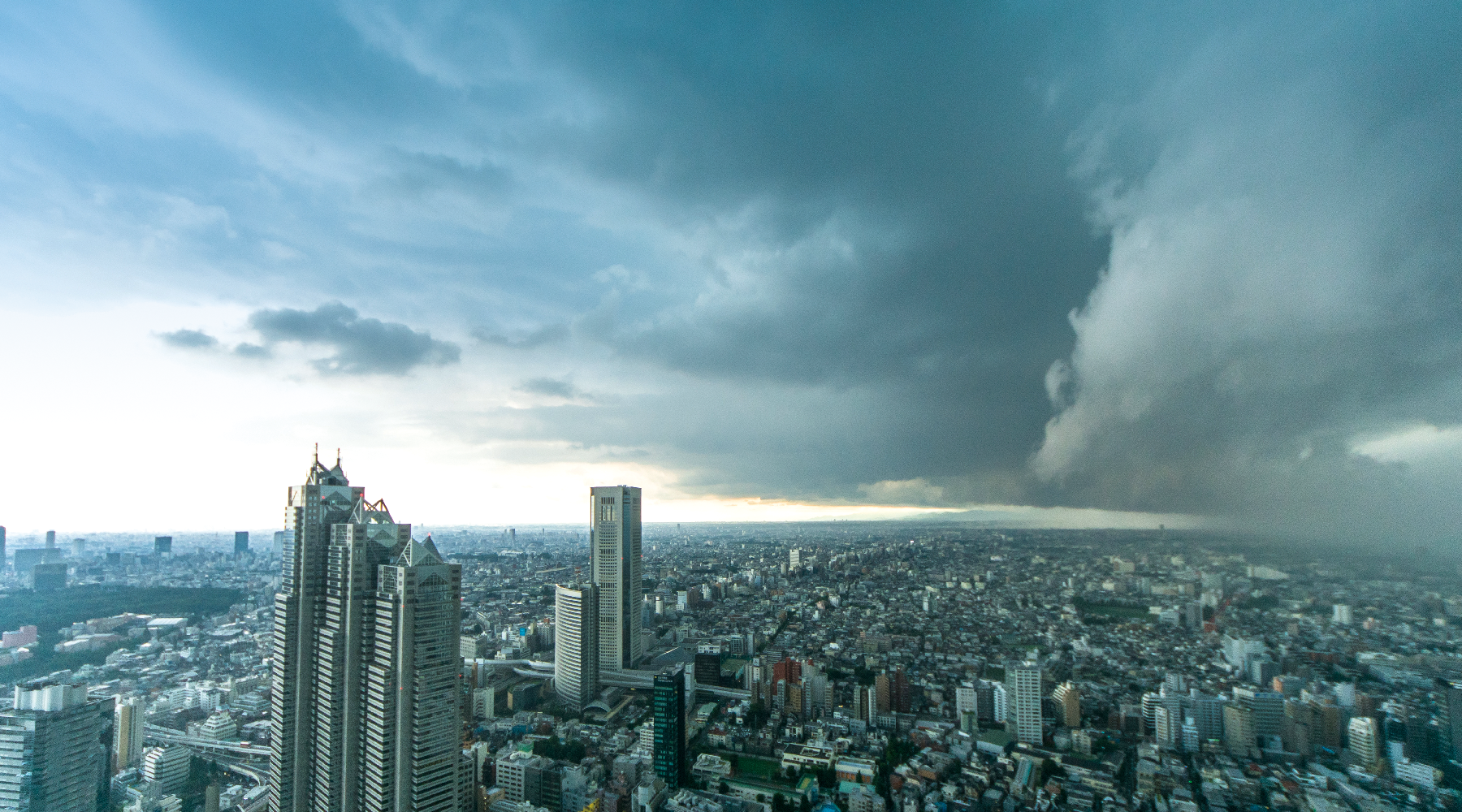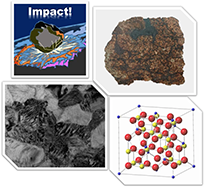** Progress in Earth and Planetary Science is the official journal of the Japan Geoscience Union, published in collaboration with its 50 society members.
Gallery View of PEPS Articles
Review
Space and planetary sciences
202110202110
Natural and experimental high-pressure, shock-produced terrestrial and extraterrestrial materials
Masaaki Miyahara, Naotaka Tomioka, Luca Bindi
High-pressure mineral, Shock metamorphism, Meteorite, Impact crater
Hypervelocity impacts are among the fundamental phenomena occurring during the evolution of the solar system and are characterized by instantaneous ultrahigh pressure and temperature. Varied physicochemical changes have occurred in the building blocks of celestial bodies under such extreme conditions. The constituent material has transformed into a denser form, a high-pressure polymorph. The high-pressure polymorph is also thought to be the constituent of the deep Earth’s interior. Hence, experiments using a high-pressure and temperature generating apparatus have been conducted to clarify its crystal structure, pressure–temperature stability range, and transformation mechanisms. A natural high-pressure polymorph (mineral) is found from terrestrial and extraterrestrial rocks that experienced a hypervelocity impact. Mineralogists and planetary scientists have investigated high-pressure minerals in meteorites and rocks near terrestrial craters over a half-century. Here, we report brief reviews about the experiments producing high-pressure polymorphs and then summarize the research histories of high-pressure minerals occurring in shocked meteorites and rocks near terrestrial craters. Finally, some implications of high-pressure minerals found in impact-induced shocked rocks are also mentioned.






